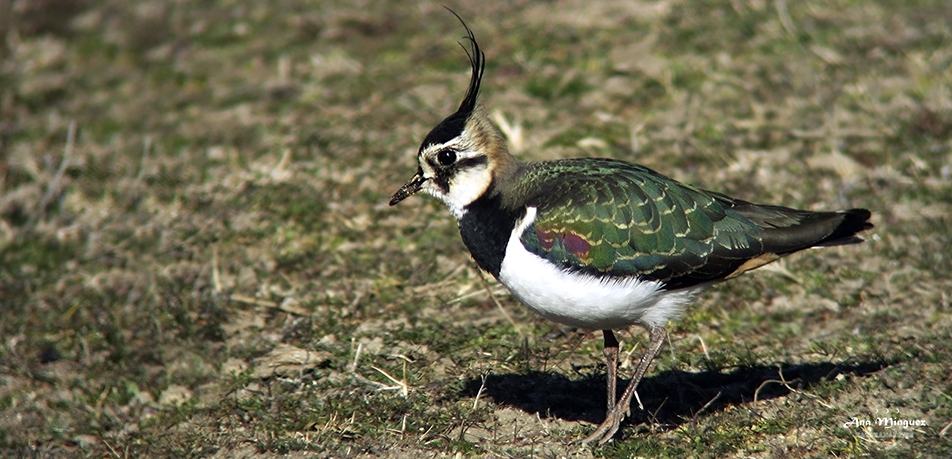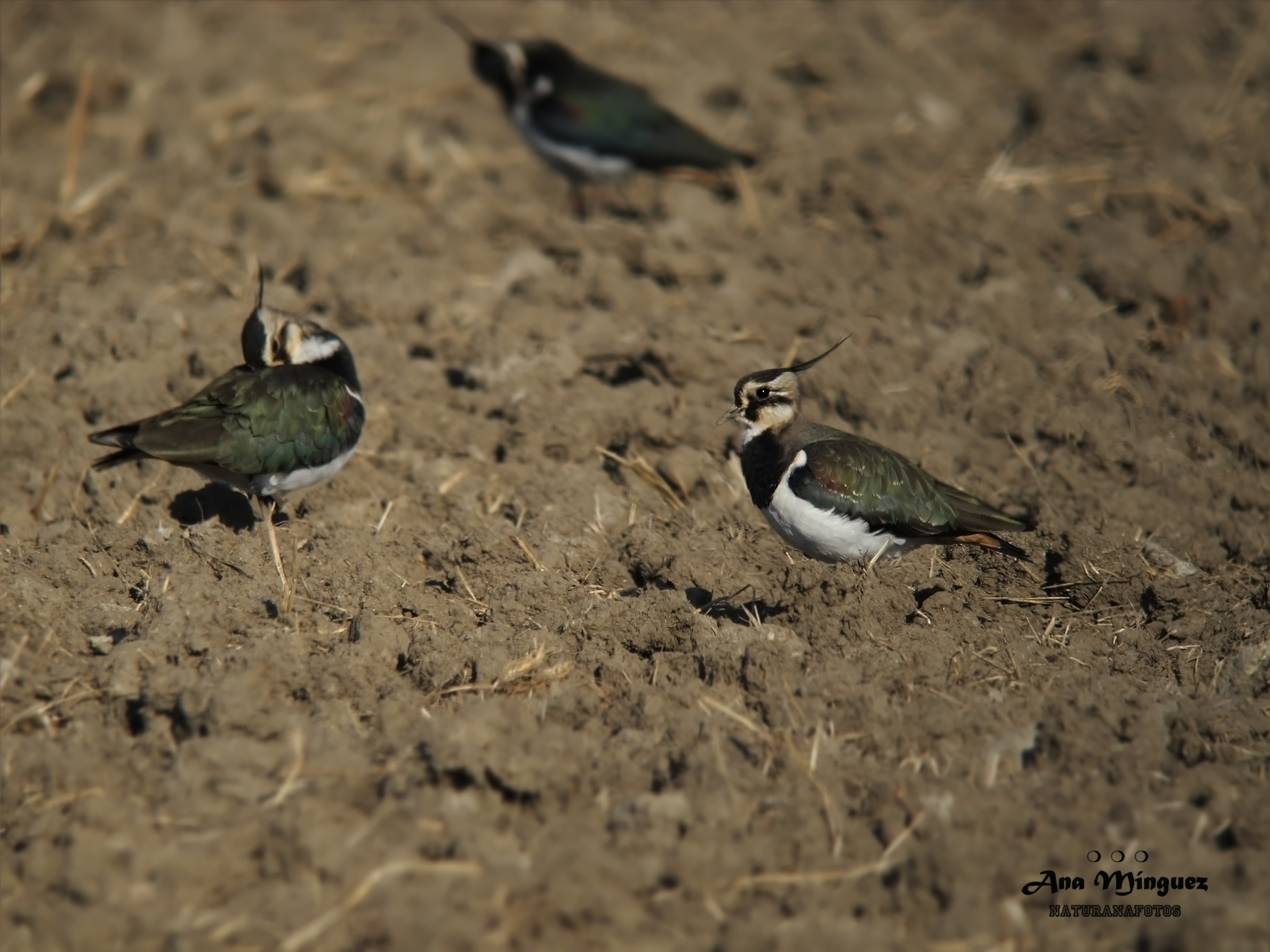Lapwings, The Heralds of Winter

By By José Luis Gallego, environmental communicator (@ecogallego)
The flocks of lapwings crisscrossing the grey late autumn skies are a telltale sign that snow has started to fall in northern Europe and the severe cold will soon be reaching our latitudes as well.
Throughout Eurasia, seasonal changes come with temperature fluctuations that determine the vital conditions of all living things. Plants and animals respond to these changes with different adaptation strategies. Among wild birds, migration is one of the most common.
By traveling from their nesting grounds to their wintering territories, birds are reacting to one of the great challenges that life in the wild poses: overcoming environmental conditions when these turn harsh and make it difficult to find food, thereby threatening your very survival.
One of the species most closely linked to the seasonal migration across Europe’s skies is the lapwing (Vanellus vanellus), which is considered a herald of cold weather in the rural world. When flocks of these beautiful birds, with their elegant plumage and distinctive silhouette, arrive at our fields, we can be sure that winter is on its way.

A lapwing in the countryside. Photography: Ana Mínguez
In autumn, lapwings flock to fallow land and pastures, rice fields and salt marshes, stubble fields, meadows, and especially vineyards where they usually spend the day picking at the ground in search of invertebrates, the mainstay of their diet, while wandering about with their characteristically elegant gait.
The lapwing has a squat body with a small head and a distinctive plume that rises up with a flourish from the nape of the neck and gives the bird its unmistakable appearance. It sports a fine black spectacled pattern below the eyes and has a short, sharp beak. On the back, the plumage is a brilliant shade of green with an iridescent purple tinge in contrast to the lower body, which is covered in pure white feathers. The chest is adorned with a black breastplate, and the legs are short and red. The tail is very short, narrow, and square in shape. Lapwings generally stand about 30 cm tall, have a wingspan of 85 cm, and weigh 150 g.

Lapwings in a field. Photography: Ana Mínguez
The lapwing has a very particular flight pattern due to its wide, elongated, perfectly rectangular wings, which the bird flaps intermittently, circling and then batting the air as though it were a butterfly. Seen from below, the wings are black at the tips and white at the centre.
Under normal circumstances, the first lapwings arrive at our fields in mid-October and stay until March, but the rise in average temperatures across the European continent as a result of climate change is altering this schedule: the birds are arriving later and leaving sooner with every passing year.
Although some lapwings have decided to make the odd Spanish wetland their permanent home, their usual nesting grounds are in northern Europe, in a territory that reaches from Germany to Scandinavia, even as far as the Russian steppe, home to numerous lapwing colonies. Likewise, when winters are very cold, lapwings may migrate south in huge numbers, bringing a great many of these heralds of cold weather to our countryside.
